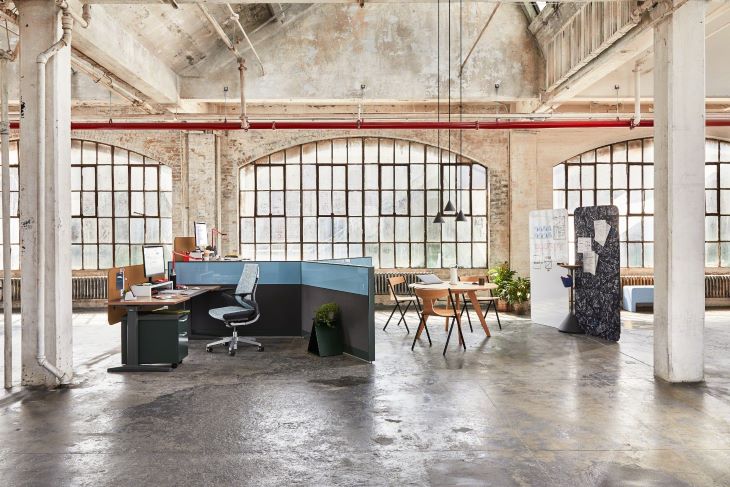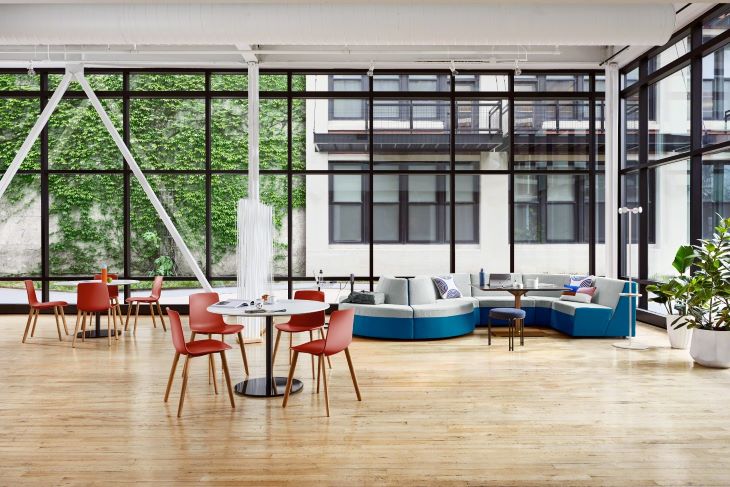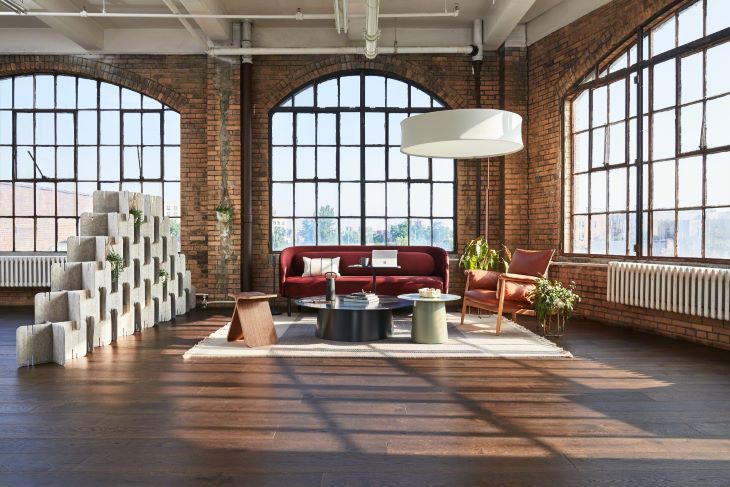Like the proverbial chicken and egg, brand and culture are inseparable and must lead to each other.

Years ago, we worked with a client whose greatest challenge was its brand. It was a strong, powerful, well-known and incredibly respected brand. Unfortunately, their culture didn’t live up to their brand. In fairness, they were so idealized it would have been tough for any culture to measure up, but they faced the unique problem of a near-toxic culture on the inside of a glimmering brand.
There is an important lesson here, of course, and it’s the relationship between experience and expectation. I originally wrote about this concept in Bringing Work to Life by Bringing Life to Work: When there is a match between expectation and experience (for example, I thought the food at the restaurant would be good and it was), people will generally be satisfied. On the other hand, when experience is better than expectation, people will be delighted (I didn’t expect much from that little diner, but the food and the service were amazing). Worst-case is when we have high expectations and they aren’t met (despite their five-star rating, the place was terrible).
This dynamic between experience and expectation is one of the reasons brand and culture are so connected. Your brand is the promise you’re making and it’s the expectation you’re setting and cultivating. Experience must match or exceed the prospect you’ve established, or your business will suffer[i].
There are few things more important to get right as a company than your culture, but brand is right there at the top of the list as well. In fact, brand and culture are inextricably linked—and each should enhance the other—and the relationship between brand and culture is a critical dynamic to manage.

Aligning Brand and Culture
Rather than managing brand and culture separately, you must manage them in tandem because (as I wrote in Bring Work to Life by Bringing Work to Life) brand is the outside-in and culture is the inside-out view of the same set of characteristics[ii]. If a brand is a promise to your market, culture is “the way things get done around here”—the accumulation of behaviors, norms, assumptions, and values that results in “what people do when no one is looking.” How the work proceeds internally influence the external experience, and how employees are treated is mirrored in how they treat customers.
To achieve success, brand and culture must be in alignment. A brand that promises high quality must be supported by a culture of excellence, rigor and constructive feedback—otherwise, how will you deliver quality? A brand that sets the expectation for cutting edge innovation must be matched by a culture of psychological safety in which people feel free to take (appropriate) risks, test new ideas and try novel approaches.
Brand and culture must also be unique to an organization. The “Google Effect” (my term) has a lot of customers wanting to “be like Google” when in reality their culture, their market and the value they seek to deliver are not similar to Google’s. Attempting to mirror another company’s culture based on trappings in the physical workplace (think: slides, beanbags or walls painted in primary colors) isn’t productive. Brand and culture are instead advanced through deep alignment between the value a company creates and the experience it builds for both customers and employees.
Learn from Bad Examples
Culture is one of the most powerful differentiators because it is impossible for competitors to replicate. It is nuanced, complex and the result of a lived experience—and these make it unique to your company. Brand too, is elusive. Simply replicating logos or colors isn’t enough. Branding needs to align with culture and the physical environment should express this connection. It’s sometimes easier to see when it’s done wrong, than when it’s done right:
- One consumer goods company had decorations on their products (think: household items) that were a far cry from fine art, but the company had opted to frame the decorative patterns as art in their office hallways (in cheap frames to boot).
- A successful company in Canada had a logo that featured the color forest green (the dark green popular in the 80s). The founder’s wife fancied herself a design expert and every stitch of carpeting in the place was a lush shag in their brand color. Areas with hard floors like the cafeteria had forest green walls.
- Another company featured cartoonish characters that sold their products brilliantly. They were well-known and well-loved in the marketplace but much to their employees’ dissatisfaction they were everywhere in the space. Even bathrooms featured giant versions of the characters on the walls.

Do It Well
Done right, brand and culture create a holistic—and often more subtle—experience which influences beliefs, behaviors and results. Thinking intentionally about each and about their connections is a good start to the process of design, and an intentional approach is key. Brand sends messages to your market—both customers and employees.
Consider culture as an iceberg[iii] in which norms, assumptions and values are below the waterline, and place is above the waterline. Place is the most visible artifact of culture and it sends messages about your culture and your brand that are both implicit and explicit.
- Daylight and views to the outside have the potential to demonstrate a company’s value for people’s experience, the community in which the organization is embedded and the environment.
- Leaders who are present and accessible can send messages about a lack of hierarchy and the approachability of leadership.
- Work cafés buzzing with people can tell of an organization where people have flexibility to work in multiple places and connect meaningfully with colleagues.
- A variety of technology, power and multiple postures make it obvious a company cares about removing points of friction and supporting productivity and wellbeing.
- An ecosystem of various places may demonstrate support for multiple ways of working from focusing and collaborating to learning, socializing and rejuvenating.
- A legacy wall or a museum of the company’s history demonstrates pride in the company’s heritage and the continuity of its community contributions.

Of course, success is never just about the space. It is about how the space is activated and leveraged to enhance both the brand and the culture. A variety of spaces must be accompanied by a culture that provides permission for people to choose to use them without negative ramifications. Space which features photos of customers who benefit from the products the company innovates is made much more compelling when customers are invited in quarterly to speak to the staff about the impact the products have had on their lives.
Like the proverbial chicken and egg, brand and culture are inseparable and must lead to each other. To be successful, be intentional and ensure alignment. In addition, plan for the expectations you set through the brand, the experience you create through the space, and the messages people receive when they walk into your offices.
Citations
[i] Bring Work to Life by Bringing Life to Work 2014
[ii] Bring Work to Life by Bringing Life to Work 2014
[iii] Edward T Hall first conceived of culture as an iceberg.

